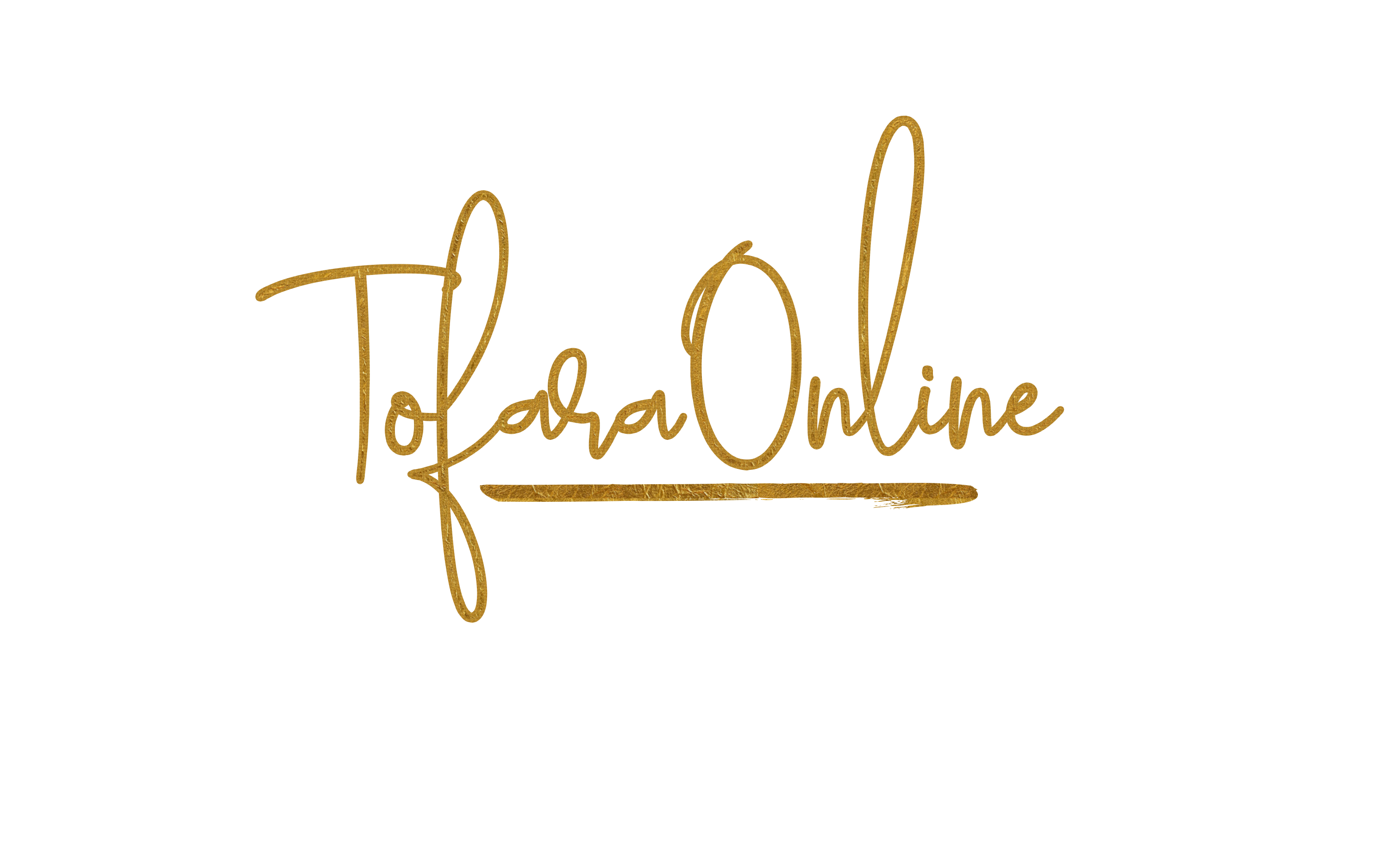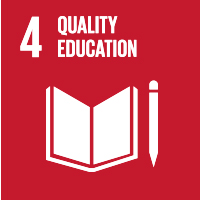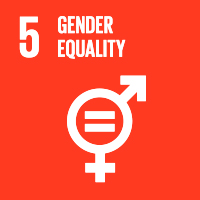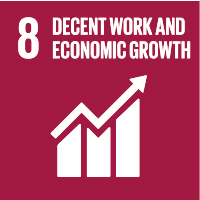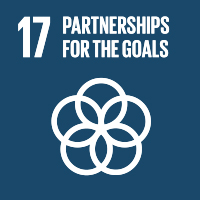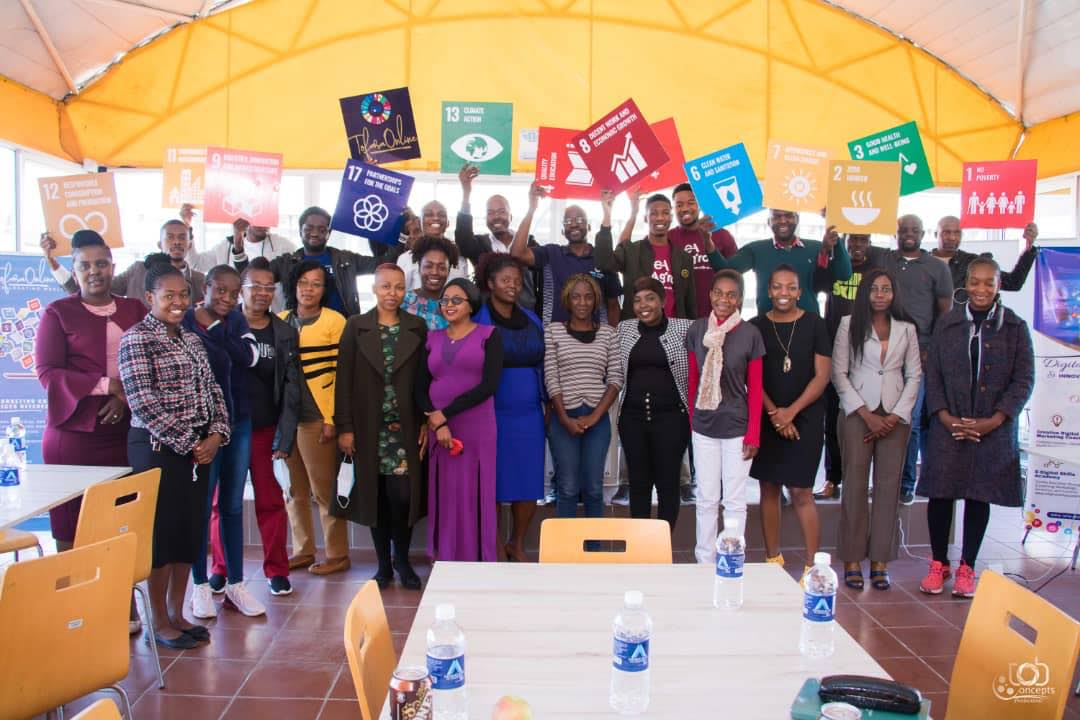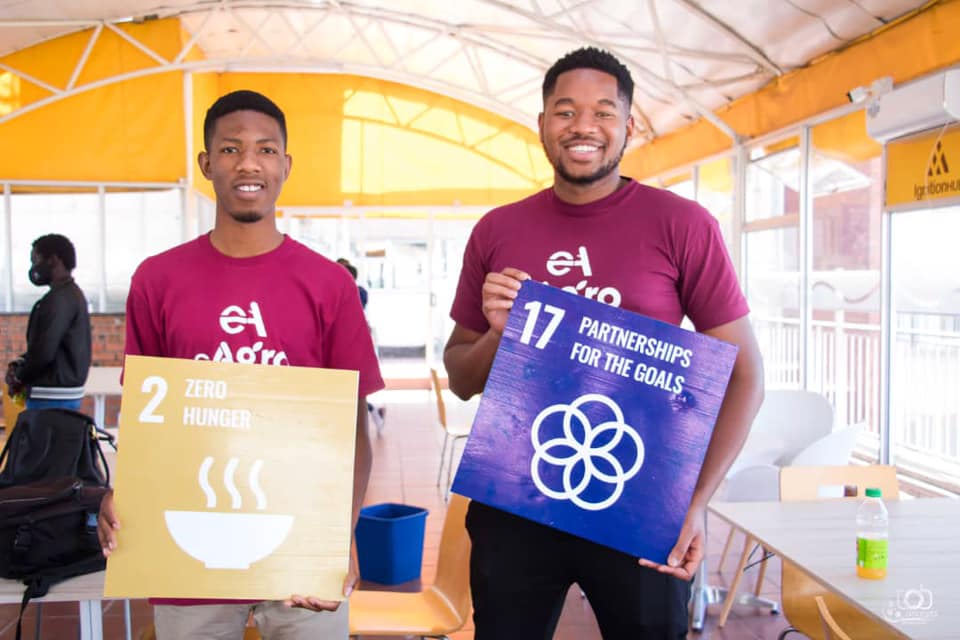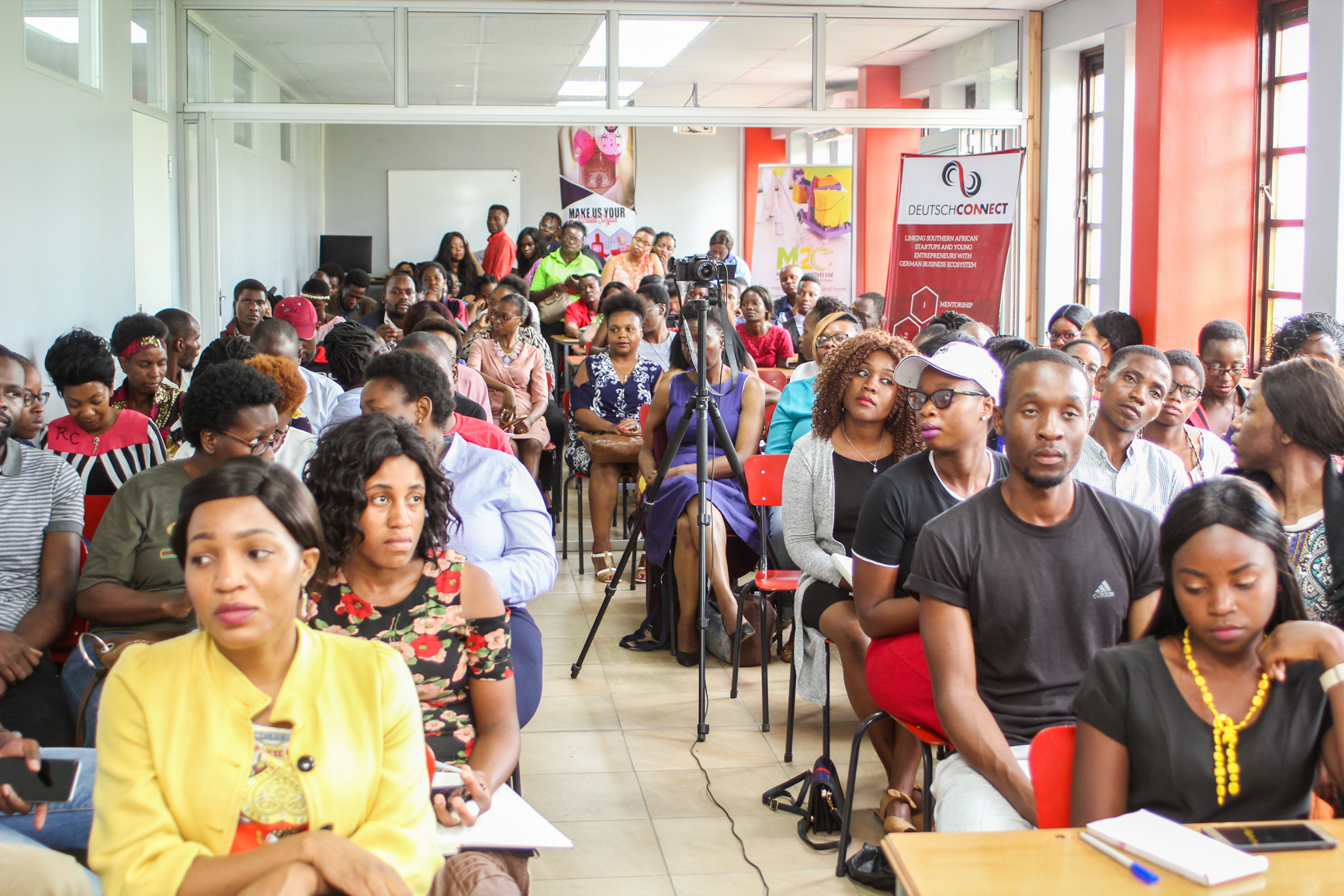Technical assistance, expertise and implementation
Mainstreaming Digital Skills in Zimbabwe
The commitment aims to provide Digital Marketing and Graphics Design Skills Training for 1,000 unemployed youths. The Program will be run for six months covering key areas required for young people to implement and earn an income. The Project will start in Zimbabwe and be expanded to Zambia and South Africa. The Lead entity is TofaraOnline, a self-funded organization that empowers MSMEs, women, and youths to embrace digital marketing and Emerging Technologies for business and career development.
